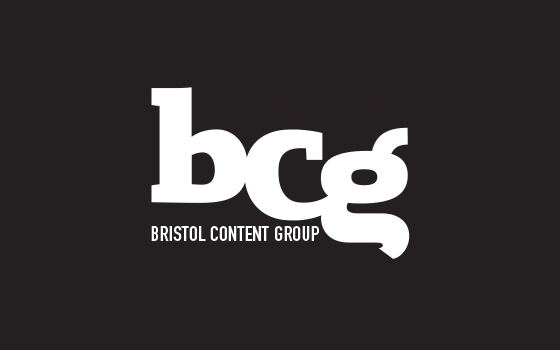Huge question! But to start out, I’d recommend thinking of content in this way:
A website has one basic, practical function: to support and hold content.
In turn, the content the website holds should do three key things: (1) Attract visitors to your site, (2) Inform them about how you can help them, and (3) Engage them in order to gain their attention and information. (Mark covered this in detail in his last webinar on planning the agency website, which I’d recommend you watch if you haven’t already.) Ultimately, content needs to have three corresponding properties in order to satisfy each of these three requirements.
Effective website content must be indexable, high quality, and compelling.
If your website’s content is going to satisfy the first requirement and attract valuable traffic to your site, it must be framed properly for search engines. Doing search engine optimization (SEO) well is neither mysterious nor expensive. In fact, any content management system worth its salt should provide you with easy access to all the on-page factors you’ll need to account for in framing your content. I outlined how to do your own on-page search engine optimization in an article last December, so if you’re new to that I’d start there.
Informative content is high-quality content that proves your expertise. It is not copied from another source, random, or intentional link-bait. Google is doing its part now to keep content-farm stuff out of its search results, in the hope that it can provide only the highest quality material to searchers, who generally look for things in earnest. One thing to keep in mind here is that the on-page SEO factors need to substantively match the content. You wouldn’t want to bait searchers to your site and not provide what they were looking for. In the old days, filling your pages with keywords and other meta data that had nothing to do with the content of your page was a common practice, but then again, people were generally measuring success purely on the basis of page hits. As you (hopefully) know, times have changed big time.
Finally, content that engages users is compelling—it positively provokes readers to want more, to get in touch, or to share it. If you don’t give them the opportunity to do that through good calls to action and social media sharing tools, you won’t get the value you are expecting, nor will you build an audience over time.
Once you think all of that through, you’ll need to give some thought to what types of content your website will offer (i.e. blogs, newsletters, webinars, etc.). Here’s a rundown of six of the most common forms of web content ordered from easiest to most difficult to implement.
Good luck!

